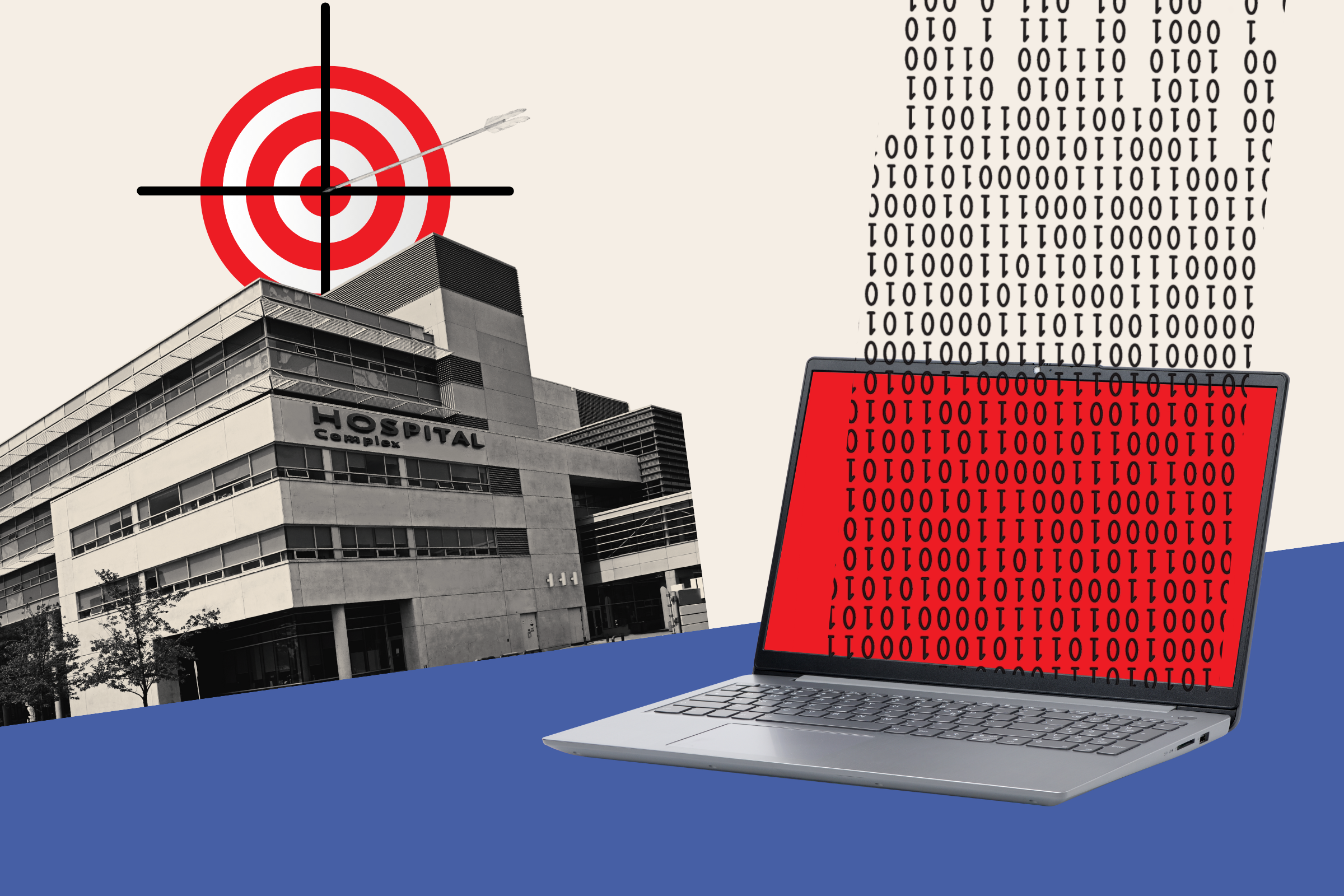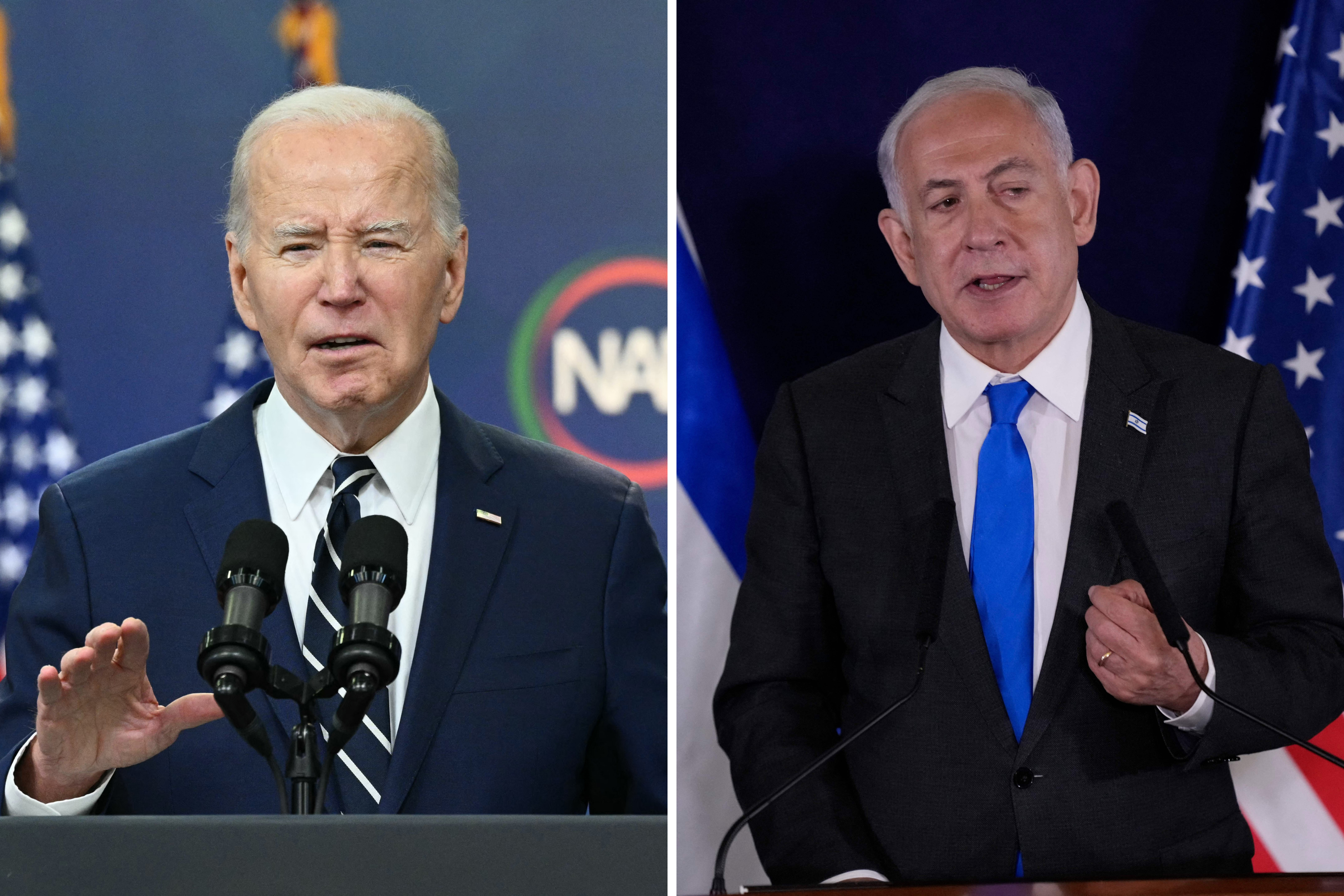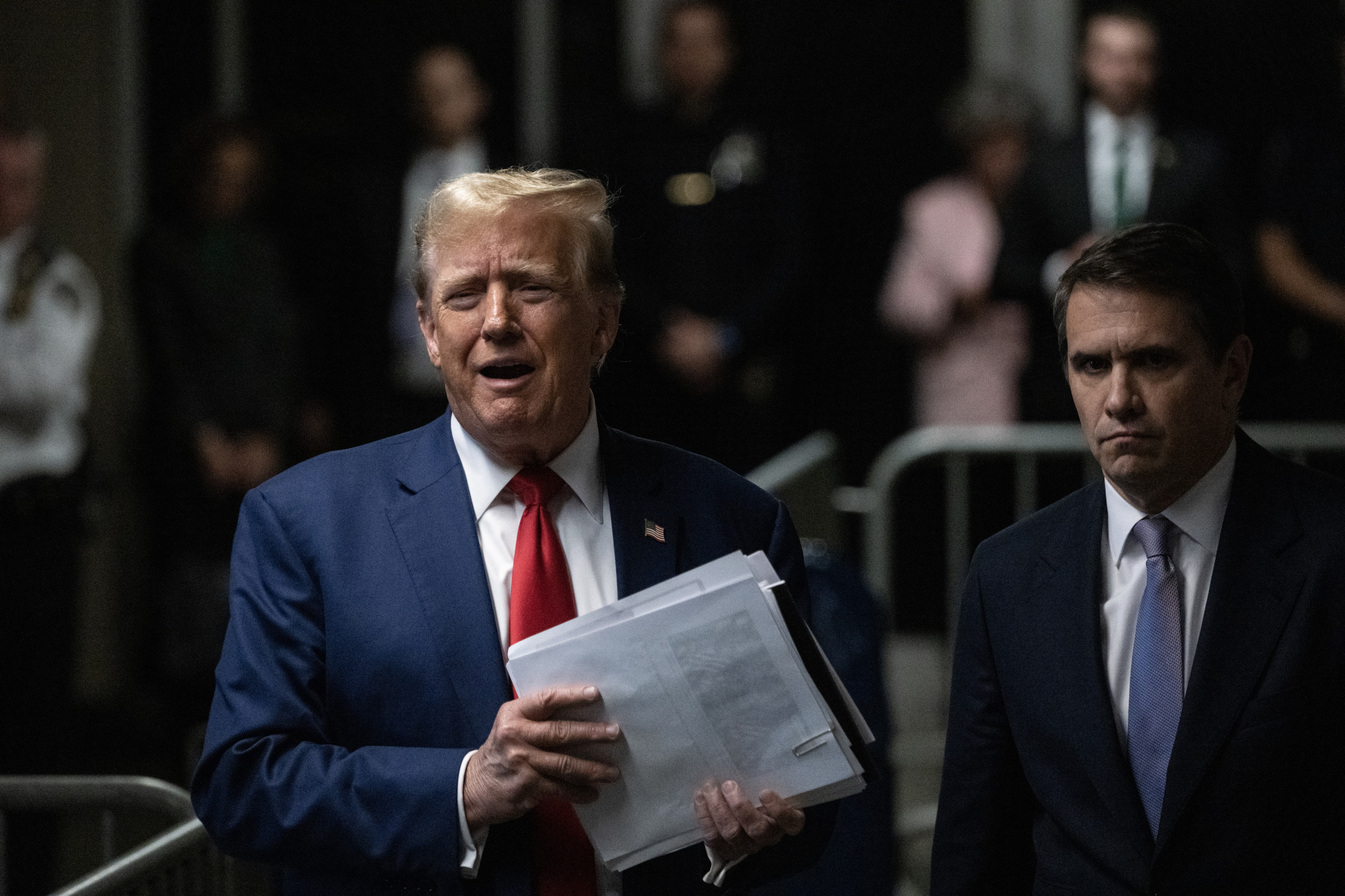In the age of artificial intelligence, it is becoming increasingly difficult to know what is real and what is not online.
In the past, AI-generated images were easy to spot, sitting in the depths of uncanny valley. But, as technology has progressed, AI imagery is barely distinguishable from the real thing.
We spoke to experts to learn more about this technology and what to look out for. But first, can you tell which of these images is real?


How Does AI Create Images?
"AI image generators are trained on large datasets of images which have been taken from the internet," Mhairi Aitken, an ethics research fellow and AI expert at the Alan Turing Institute, told Newsweek. "The images are labeled—for example, describing the subject, colors, style of imagery, or other descriptors of what the image represents—and the AI model is trained to identify patterns in these images and their labels.
"This means that when someone enters a prompt into the model, it will create an image based on how the words in the prompt relate to the labels associated with the images it has been trained on."


Amin Ebrahimi Afrouzi, a research fellow at Yale Law School who studies the ethics of computing, said that there was an important distinction between images created by AI and images created by humans. "AI learns doing by watching," he told Newsweek. "AI systems can produce images of any kind by looking at countless actual examples. Here, the AI doesn't know that it is producing a natural landscape or whether it is a convincing 'photograph.' All it knows is that it is producing another item like the ones it has seen prior examples of."
Until recently, computer-generated images were fairly easy to distinguish from authentic photography. However, as the models have been developed and refined, it has become harder and harder to spot the difference. "The outputs are becoming more and more realistic," Aitken said. "They are by no means perfect, but they are now creating images which are very convincing, especially if these images are shared at low resolution, such as on social media."


There are, however, still a few tell-tale signs to look out for. "Typically AI-generated images contain some errors," Aitken said. "In the past, inspecting the number or shape of fingers and toes on human subjects has often been a key trick. It might also be looking at the shadows, or lighting—AI has no concept or understanding of what is possible in terms of physics or nature so you often find shadows in the wrong places or objects suspended in air.
"Sometimes the images have a sort of hyper-real, dreamlike quality to them, and often they are shared only in low resolution. Another thing to consider is to always check who has shared the image and whether it is a reliable source."


While there may still be ways to distinguish AI images today, it is likely to become even harder to distinguish robotics from reality in the future. "As the technology gets better, there may be no way of telling," Ebrahimi Afrouzi said.
What Is the Problem With AI Art?
The most obvious concern is the fact that AI imagery can be deceptive. "Authentic photos capture what has actually taken place in the world and in that capacity, they bear testimony about the truth," Ebrahimi Afrouzi said. "The beast that humanity has created for itself with generative-AI is a technology to create false testimony that is indistinguishable from true testimony.
"This makes the creation and dissemination of false testimony, especially newsworthy testimony, easy and rampant. So AI photography will necessarily be misleading if it's used to create anything besides art."


It is possible that we will be able to train additional algorithms to recognize when an image has been produced by AI. However, Loral Quinn, CEO of the digital skills academy CodeClan, said that this was still not a perfect solution.
"It might only be looking for certain traits and miss others," Quinn told Newsweek. "Telltale signs have included facial inconsistencies or an unusual juxtaposition of blurring and detail, or maybe the hands, light and shadows don't seem quite right. All of these can be manipulated which is the challenge we now face.
"That's why in the end it often comes down to a combination of gut feeling, technology awareness, and detective work on the part of the user: use a search engine to see where else a photo is published. Are these reliable publications? Ascertain whether it shows a specific event. Is that event verifiable?"


AI imagery may also produce copyright concerns, especially when work is produced in the specific style of a human artist.
"Since they are trained on data scraped from the internet they contain many artworks of human artists—both alive and historic," Aitken said. "These artists have not consented to their work being used in this way, and they are not credited or paid when the model draws on their work to create new outputs."
The field of AI imagery and deep fakes is progressing rapidly and regulatory bodies are scrambling to keep up. For now, all we can do is remain vigilant and think critically before believing everything we see online.


And finally, could you tell which images were produced by AI?
- Sunset beach, left image was produced by AI.
- Border collie, left.
- Child in puddle, left.
- Butterfly, right.
- Statue of Liberty, right.
- Ice Cream, left.
- Eye, right.
Do you have a tip on a science story that Newsweek should be covering? Do you have a question about artificial intelligence? Let us know via science@newsweek.com.
Uncommon Knowledge
Newsweek is committed to challenging conventional wisdom and finding connections in the search for common ground.
Newsweek is committed to challenging conventional wisdom and finding connections in the search for common ground.
About the writer
Pandora Dewan is a Senior Science Reporter at Newsweek based in London, UK. Her focus is reporting on science, health ... Read more
To read how Newsweek uses AI as a newsroom tool, Click here.






